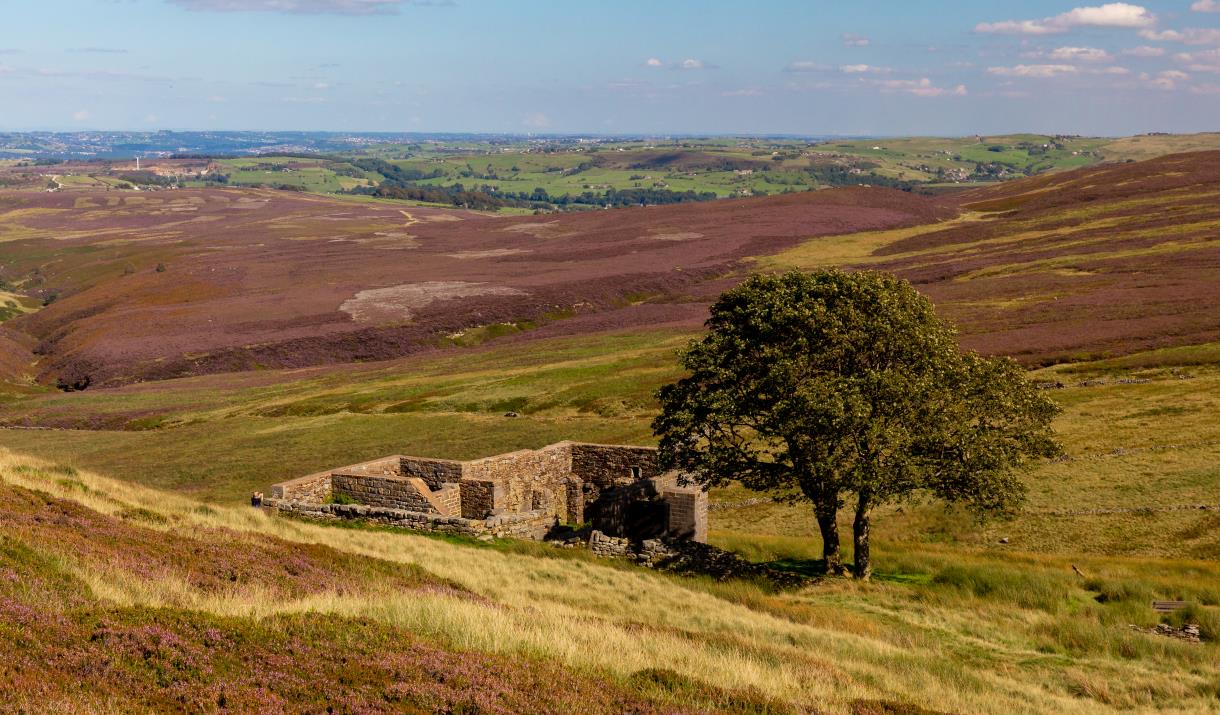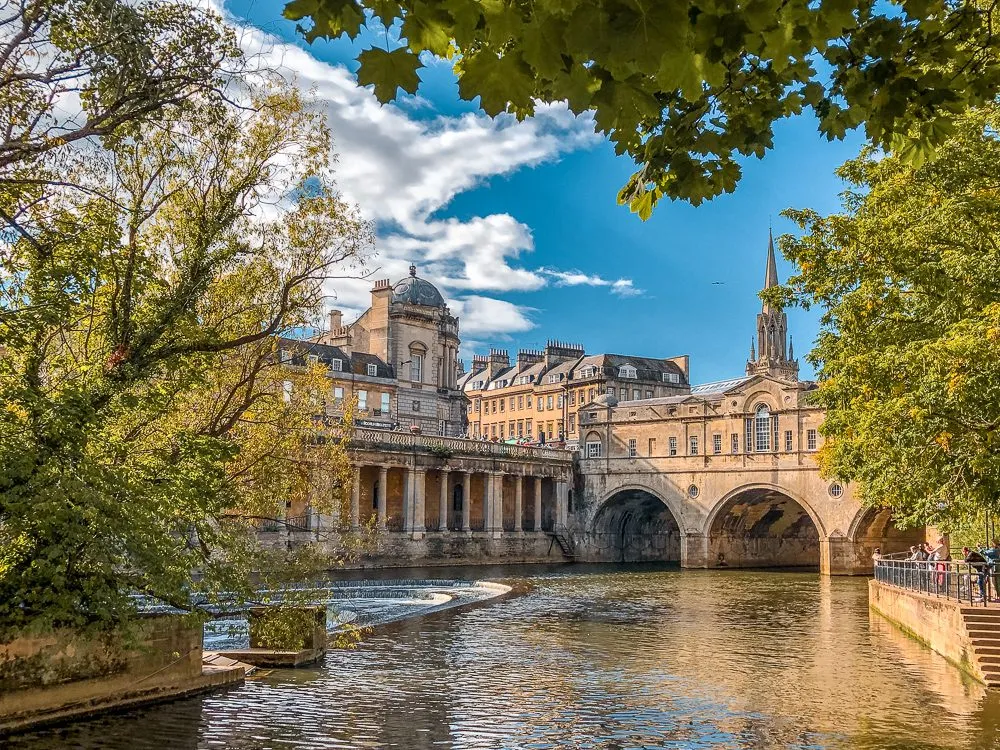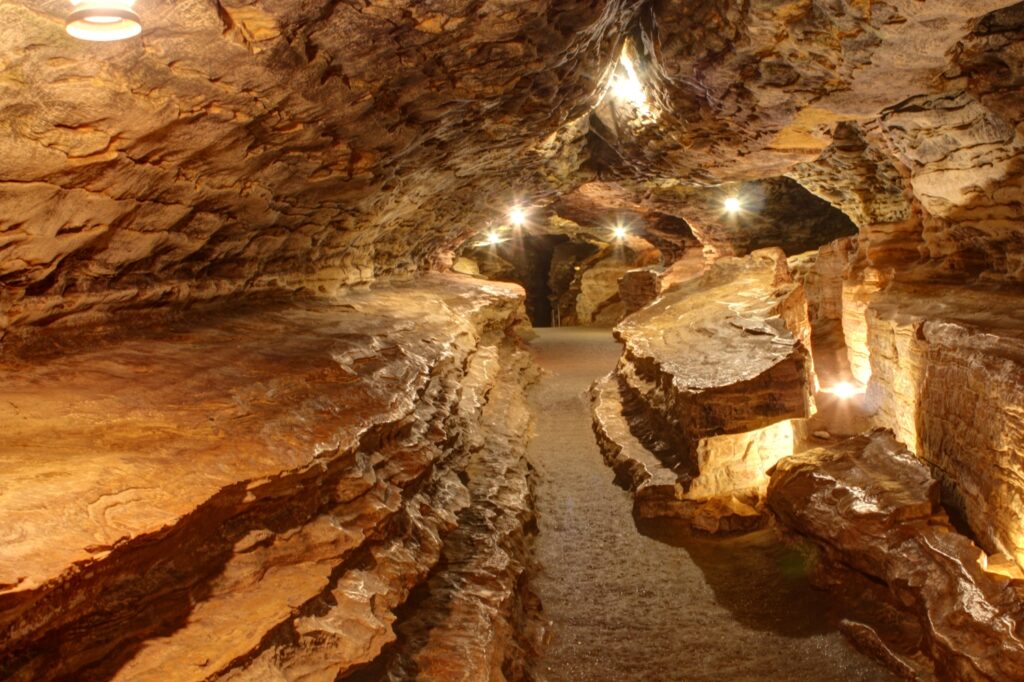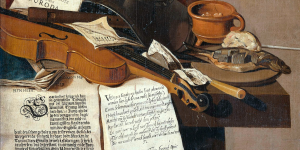Embark on a literary odyssey with “From Real Places to Fiction: Exploring 8 Literary Inspiration.” This captivating exploration invites readers to traverse the tangible landscapes that birthed timeless literary classics.
From quaint villages that inspired beloved novels to the bustling city corners where iconic characters roamed, this collection unravels the secrets behind the genesis of literary genius.
Discover the real-world locales that fueled the imaginations of celebrated authors, weaving a spellbinding tapestry of connections between fiction and reality. Join me on a journey beyond the pages, where the echoes of inspiration resonate through the very places that gave birth to some of literature’s most cherished works.
8 Places That Inspired Great Classics
Embark on a journey through the pages of literature as we unveil the real-world locales that breathed life into 10 timeless classics.
1. Whitby Abbey: Dracula by Bram Stoker

Bram Stoker‘s Dracula draws its atmospheric inspiration from the hauntingly beautiful Whitby Abbey, perched atop the cliffs of the North Yorkshire coast in England. Stoker visited Whitby in 1890, and the eerie, Gothic ambiance of the abbey left an indelible mark on his imagination. The abbey, surrounded by the moody North Sea, served as the perfect setting for the arrival of Count Dracula to England in the novel.
Whitby Abbey’s ancient, weathered structure and its commanding position overlooking the town provided Stoker with a visual spectacle that embodied the mysterious and foreboding atmosphere he sought for his vampire tale. The connection between Whitby and “Dracula” endures, solidifying the abbey’s place as a literary landmark in the creation of one of the most iconic Gothic novels in history.
2. Bleak House: Bleak House by Charles Dickens

Bleak House by Charles Dickens finds its roots in the actual Bleak House located in Broadstairs, Kent. Dickens, who had a fondness for Broadstairs and often stayed there during the 19th century, was inspired by the imposing residence atop the cliffs known as Fort House.
Built in the 18th century, Fort House became Dickens’s retreat, and its distinctive architecture and panoramic views of the English Channel made a lasting impression. The house, with its bleak surroundings and turbulent weather, served as the muse for the fictional Bleak House in the novel, providing Dickens with a tangible setting that mirrored the bleakness and complexity of the legal system he critiqued in his narrative. The connection between the real Bleak House and Dickens’s literary masterpiece adds a layer of authenticity to the novel’s portrayal of societal issues and the harsh realities of Victorian England.
3. Top Withens: Wuthering Heights by Emily Brontë

Wuthering Heights by Emily Brontë is indelibly linked to the desolate and haunting landscape of Top Withens, a ruined farmhouse located on Haworth Moor in West Yorkshire. This remote and isolated setting played a crucial role in shaping the brooding and tumultuous atmosphere of Brontë’s masterpiece.
Emily Brontë, a resident of the nearby Haworth Parsonage, would often wander the moors, and Top Withens captured her imagination. Its rugged surroundings, exposed to the harsh elements, provided the perfect backdrop for the passionate and tempestuous love story between Heathcliff and Catherine. The windswept, desolate nature of Top Withens mirrors the emotional intensity of the novel, amplifying the isolation, sorrow, and dark passion that permeate “Wuthering Heights.” The stark beauty and melancholic aura of Top Withens continue to draw literary enthusiasts seeking to immerse themselves in the inspiration behind this timeless classic.
4. Moseley Bog: The Lord of the Rings by JRR Tolkien

While J.R.R. Tolkien‘s inspiration for The Lord of the Rings is often associated with various landscapes, Moseley Bog in Birmingham holds a significant place in the author’s early life and imaginative development. Tolkien spent much of his childhood exploring the natural surroundings of Sarehole Mill and Moseley Bog, which served as a foundation for the Shire, the idyllic homeland of the Hobbits in his epic trilogy.
The lush, green landscapes, meandering streams, and dense wooded areas of Moseley Bog made a lasting impression on Tolkien, influencing the creation of the Shire’s picturesque and tranquil settings. The bog’s mystical ambiance and the sense of adventure it invoked likely contributed to the essence of Middle-earth. The connection between Moseley Bog and Tolkien’s literary legacy showcases how the author’s formative experiences in nature played a pivotal role in shaping the rich, fantastical world of The Lord of the Rings.
READ MORE: 8 Best Fiction Books Of All Time
5. Cavendish: Anne of Green Gables by Lucy Maud Montgomery

Lucy Maud Montgomery‘s beloved classic, Anne of Green Gables, draws inspiration from the picturesque landscapes of Cavendish, a charming village on Prince Edward Island, Canada. Montgomery, who spent her childhood in Cavendish, found inspiration in the idyllic surroundings, incorporating the beauty of the area into the novel.
The rolling hills, lush farmland, and the red sandstone cliffs of Prince Edward Island provided the perfect backdrop for the adventures of Anne Shirley. The fictional Green Gables, the Cuthberts’ farm where Anne arrives as an imaginative orphan, is said to be inspired by the author’s relatives’ home, the Green Gables farmhouse in Cavendish. Montgomery’s detailed descriptions of the landscapes, flowers, and the enchanting atmosphere of Cavendish became an integral part of the narrative, shaping the setting and contributing to the enduring appeal of Anne of Green Gables as a celebration of the island’s natural beauty and the spirited imagination of its iconic protagonist.
6. Bath: Persuasion by Jane Austen

Bath, the elegant Georgian city in Somerset, England, serves as a significant backdrop for Jane Austen‘s “Persuasion.” Austen’s own experiences and observations during her visits to Bath in the early 19th century influenced the novel’s setting and social milieu.
In the early 1800s, Bath was a fashionable resort town known for its healing waters and vibrant social scene. In Persuasion, Austen skillfully captures the societal dynamics and the opulent lifestyle prevalent in Bath. The protagonist, Anne Elliot, navigates the city’s social intricacies, and the Pump Room and Assembly Rooms, iconic Bath locations, become integral settings for key events in the novel.
Austen’s choice of Bath as a setting allows her to explore themes of societal expectations, class, and the consequences of decisions made under social pressure. The city’s architecture, social rituals, and its reputation as a hub of polite society provide a rich tapestry against which the characters’ relationships and conflicts unfold. In Persuasion, Bath is more than a backdrop; it is a living canvas that reflects the complexities and nuances of Austen’s keen observations on the societal conventions of her time.
READ MORE: 10 Best Romance Novels Of All Time
7. Mark Twain Cave: The Adventures of Tom Sawyer by Mark Twain

While Mark Twain‘s The Adventures of Tom Sawyer is set in the fictional town of St. Petersburg, the author drew inspiration from his own experiences in Hannibal, Missouri, and the surrounding natural landscapes, including the famed Mark Twain Cave.
Mark Twain, whose real name was Samuel Clemens, spent his boyhood years in Hannibal, which served as the model for St. Petersburg. The cave, often referred to as McDougal’s Cave in Twain’s works, including Tom Sawyer, played a notable role in the adventures of Tom and his friends.
The cave’s mysterious and adventurous atmosphere made a lasting impression on Twain during his explorations as a child. In the novel, Tom and Becky’s escapades in the cave capture the essence of the author’s own youthful adventures. The cave, with its dark passages and hidden treasures, became a symbol of childhood curiosity and the spirit of exploration, contributing to the timeless appeal of The Adventures of Tom Sawyer. Twain’s use of real locations, like the Mark Twain Cave, adds an authentic touch to the narrative and reflects his fond memories of growing up in Hannibal.
8. Sands Point: The Great Gatsby F. Scott Fitzgerald

The Great Gatsby by F. Scott Fitzgerald is often associated with the opulent world of the 1920s, and Sands Point, situated on Long Island’s Gold Coast, is believed to have inspired the novel’s setting. Fitzgerald and his wife, Zelda, were part of the social elite during this era, and the extravagant mansions and luxurious lifestyles of Sands Point’s residents likely influenced the portrayal of East Egg and West Egg in the novel.
Sands Point, with its sprawling estates and exclusive communities, mirrored the excesses and decadence of the Jazz Age. The grandeur of locales like Beacon Towers and Lands End may have served as models for the lavish residences inhabited by characters such as Jay Gatsby and Tom Buchanan.
Fitzgerald’s choice of Sands Point as a source of inspiration allowed him to capture the stark contrast between old and new money, the pursuit of the American Dream, and the disillusionment that characterized the Roaring Twenties. By grounding his narrative in the social dynamics of places like Sands Point, Fitzgerald created a vivid and reflective portrayal of a society on the brink of change, making The Great Gatsby a timeless commentary on the American experience.
















